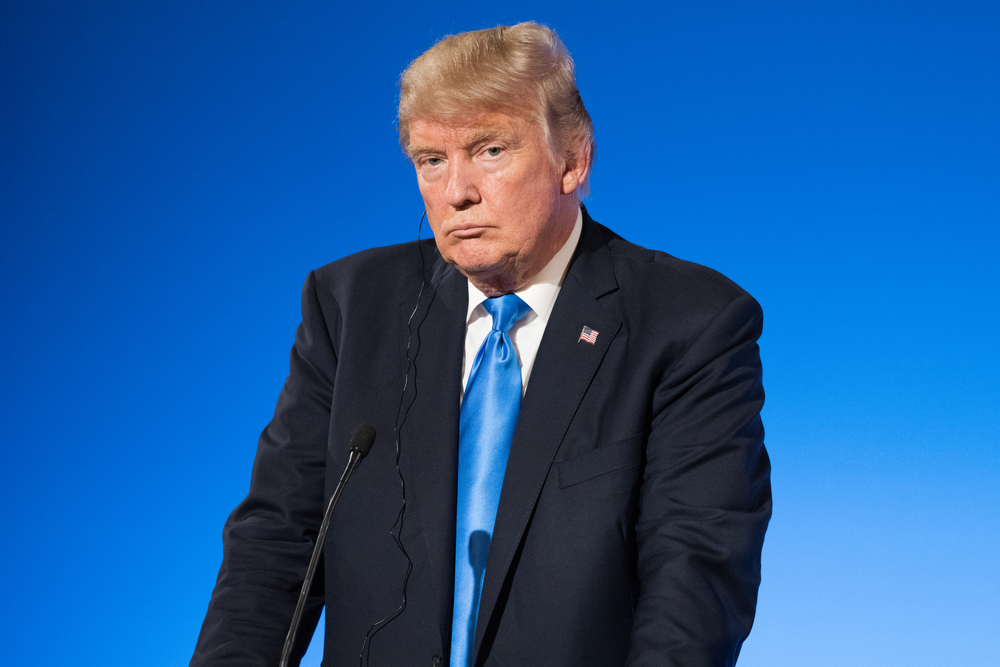President Trump signs executive order targeting social media companies
Order aims to prevent online censorship after Trump’s tweets labeled as misleading

President Trump has signed an executive order that aims to strike down Section 230 protections, which shield companies from legal action stemming from user-created content online.
Earlier this week, Twitter took action against the President by marking two of his tweets as containing misleading information related to mail-in voting. In response, Trump threatened to shut down not just Twitter but all social media companies.
He later drafted an executive order in hopes of overturning Section 230 of the Communications Decency Act 1996. That executive order has since been finalized and signed.
By signing the executive order, President Trump is taking direct aim at the legal immunity from user-created content posted social media companies enjoy. Known as Section 230, the law shields companies from legal action stemming from user-created content. According to President Trump, it’s time to overturn Section 230.
The executive order argues that social media companies forfeit the legal protections afforded to them by Section 230 the moment they begin moderating user-content. For President Trump, this harkens back to Twitter having labeled his tweets as misleading.
As the order puts it: “In a country that has long cherished the freedom of expression, we cannot allow a limited number of online platforms to hand pick the speech that Americans may access and convey on the internet.
"This practice is fundamentally un-American and anti-democratic. When large, powerful social media companies censor opinions with which they disagree, they exercise a dangerous power. They cease functioning as passive bulletin boards, and ought to be viewed and treated as content creators.”
Get the ITPro daily newsletter
Sign up today and you will receive a free copy of our Future Focus 2025 report - the leading guidance on AI, cybersecurity and other IT challenges as per 700+ senior executives
Keep in mind that Twitter didn’t censor President Trump’s tweets. Rather than hiding or deleting the tweets, Twitter added alerts that led users to additional information pertaining to mail-in voting.
At the signing of the order, though, Trump doubled down by adding: “In those moments, Twitter ceases to be a neutral public platform and they become an editor with a viewpoint. And I think we can say that about others also, whether you’re looking at Google, whether you’re looking at Facebook.”
Twitter has since responded to the order, stating: "This EO is a reactionary and politicized approach to a landmark law. #Section230 protects American innovation and freedom of expression, and it’s underpinned by democratic values.
"Attempts to unilaterally erode it threaten the future of online speech and Internet freedoms.”
At this time, it remains unclear how President Trump plans to dismantle Section 230. The order poses a threat to social media companies and may lead to unintended consequences.
-
 Should AI PCs be part of your next hardware refresh?
Should AI PCs be part of your next hardware refresh?AI PCs are fast becoming a business staple and a surefire way to future-proof your business
By Bobby Hellard
-
 Westcon-Comstor and Vectra AI launch brace of new channel initiatives
Westcon-Comstor and Vectra AI launch brace of new channel initiativesNews Westcon-Comstor and Vectra AI have announced the launch of two new channel growth initiatives focused on the managed security service provider (MSSP) space and AWS Marketplace.
By Daniel Todd